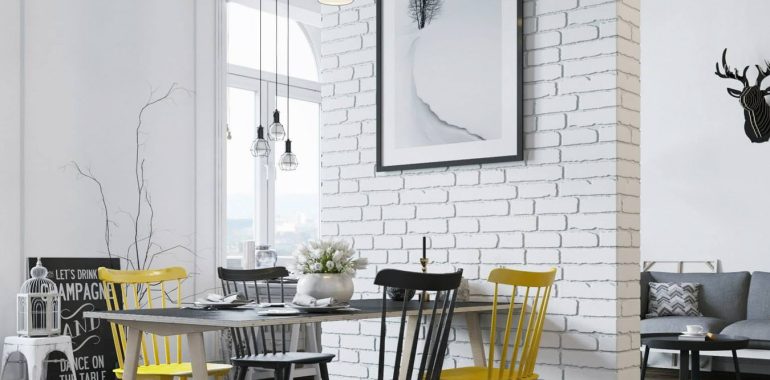The Aesthetics of Light: How Lighting Can Transform Any Space

The Aesthetics of Light: How Lighting Can Transform Any Space
The use of lighting has long been recognized as an important element in creating ambiance and mood in any space. As our understanding of the impact of lighting on aesthetics has increased, so has the use of lighting as a design tool. Nowadays, lighting can transform any space, be it a home, an office, or a commercial establishment. This article explores the aesthetics of light, how lighting can influence the look and feel of a space, and the latest trends in lighting design.
How Does Lighting Affect Space?
Lighting can have a significant impact on the aesthetics of any space. It can create the illusion of space, adding depth and dimension to a room. It can also highlight unique architectural features, such as decorative ceiling moldings or wall niches. Additionally, lighting can influence the mood of the space, creating ambiance and setting the tone for the room’s purpose.
Types of Lighting
To effectively use lighting as a design tool, it is important to understand the different types of lighting. There are three main types of lighting: ambient, task, and accent. These three types work together to create a well-lit space that is both functional and aesthetic.
Ambient Lighting
Ambient lighting provides general illumination for a space. It is the primary light source in a room, providing overall illumination. This type of lighting can be achieved through ceiling fixtures, chandeliers, or recessed lighting. Ambient lighting should be uniform throughout the space to ensure a balanced and even light.
Task Lighting
Task lighting is used to illuminate specific areas for activities such as reading, cooking, or working. This type of lighting is brighter and more focused than ambient lighting, and it is often achieved with table lamps or under-cabinet lighting in kitchens. Task lighting should be placed strategically to avoid glare and shadows.
Accent Lighting
Accent lighting is used to highlight specific objects or features in a room, such as artwork or architectural details. It can also be used to create a focal point in the space. Accent lighting should be dimmer than ambient and task lighting to draw attention to the highlighted object without overpowering the overall lighting scheme.
Trends in Lighting Design
Lighting technology is constantly evolving, and with it, the trends in lighting design. Here are some of the latest trends:
Smart Lighting
Smart lighting allows you to control your lights remotely, from your phone or tablet. This technology also allows you to program lighting schedules and adjust the color temperature and intensity of the light.
LED Lighting
LED lighting is becoming increasingly popular due to its energy efficiency and long lifespan. LED lights are also available in a wide range of colors, making them a versatile option for accent lighting.
Natural Materials
Natural materials such as wood, stone, and clay are being incorporated into lighting design to create a more organic feel. These materials add warmth and texture to the space, creating a cozy and inviting atmosphere.
Lighting is a critical element in creating the aesthetics of any space. Understanding the different types of lighting and how to use them effectively can transform a room and enhance its mood and function. By staying up-to-date with the latest trends in lighting design, you can create a space that is both beautiful and functional.

